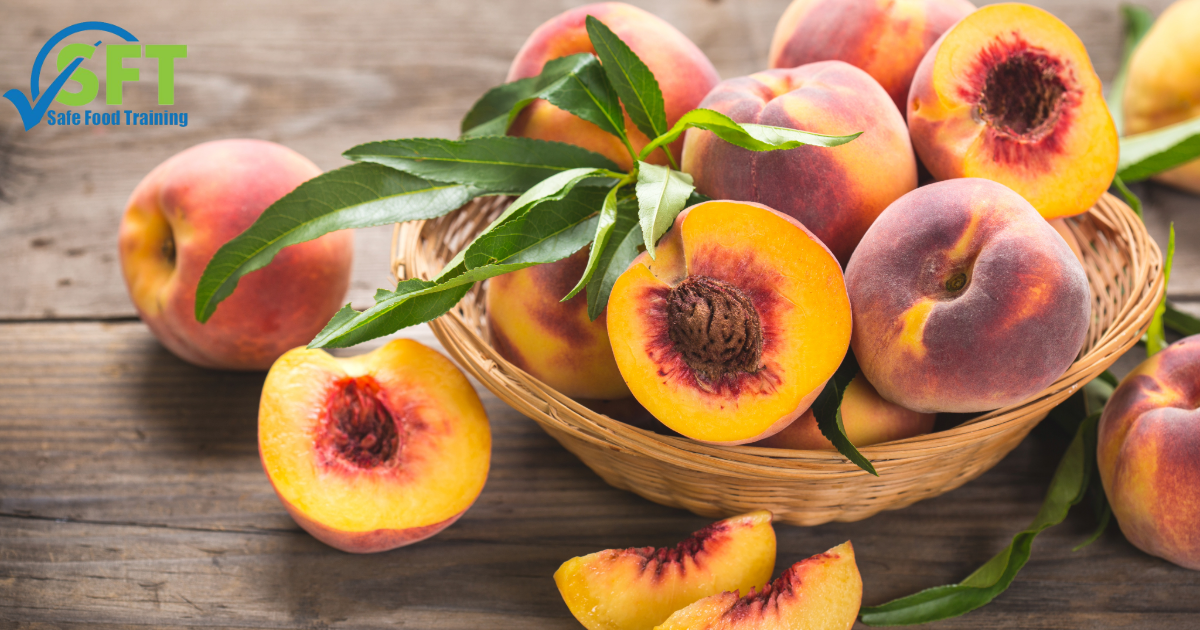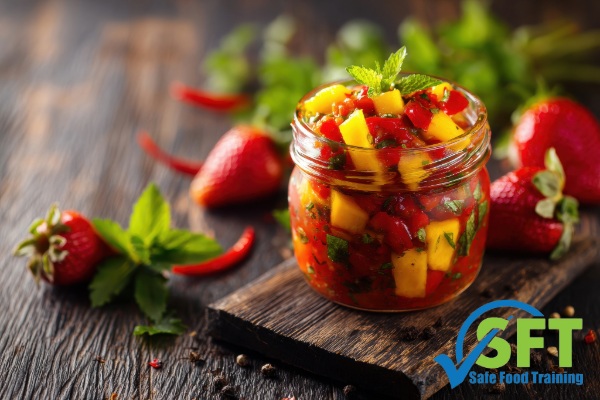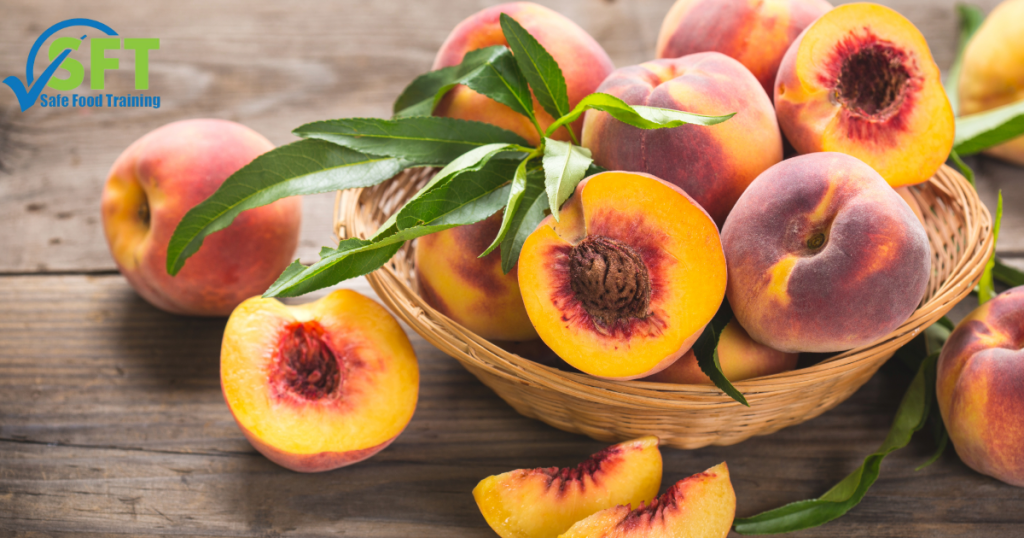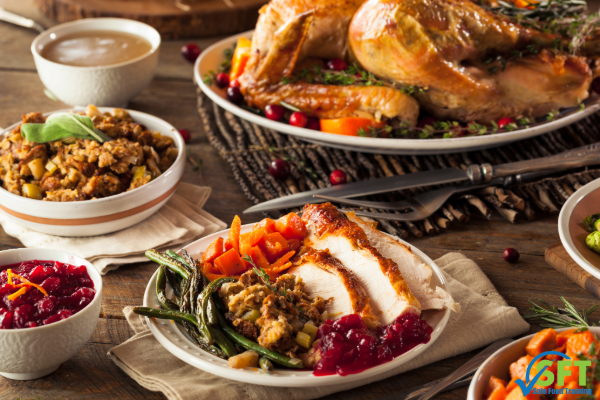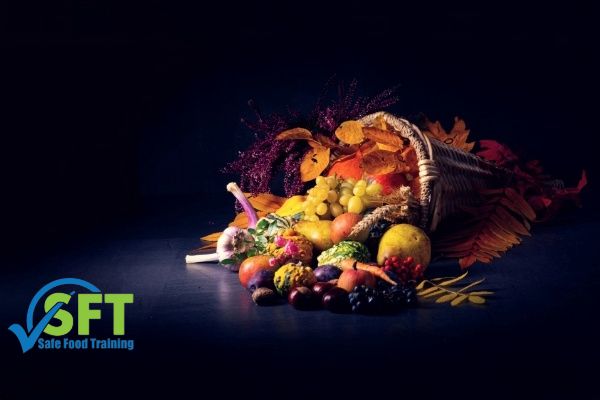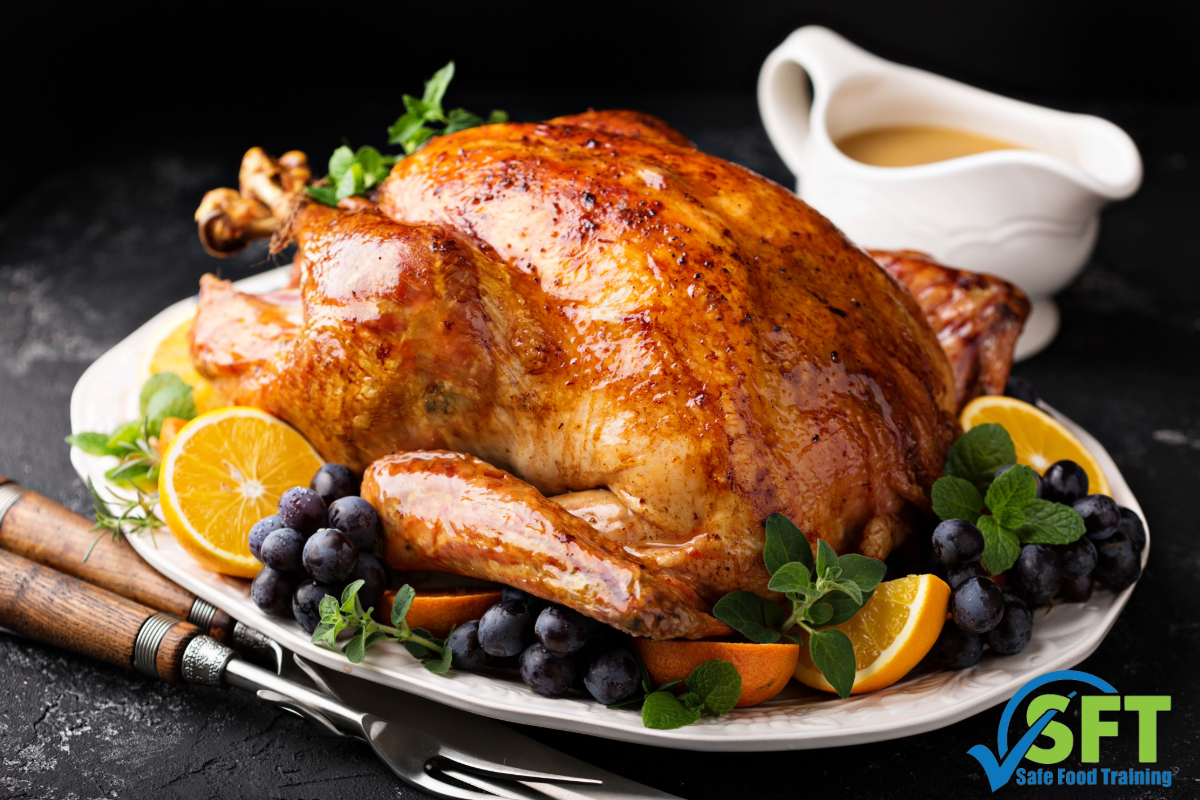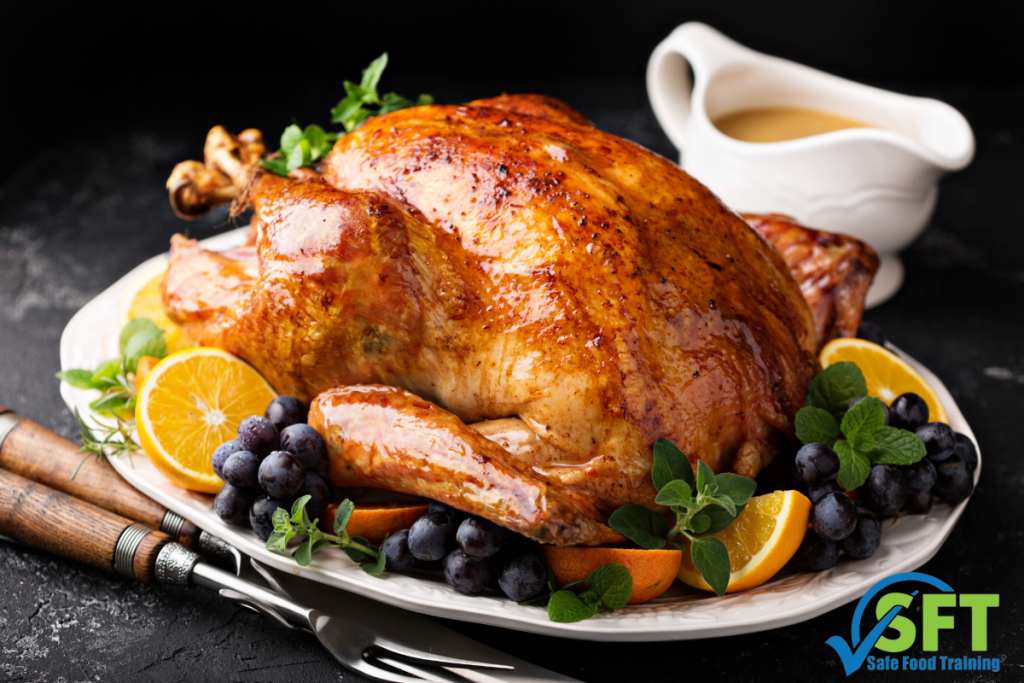
A single contaminated batch can have serious consequences. Recent CDC investigations into Salmonella outbreaks have identified a strong link to eggs. In one such outbreak, 92% of people interviewed reported eating eggs before becoming ill. This is a stark reminder that high-risk ingredients demand a higher standard of care.
Let’s look at the three critical checkpoints for ensuring your holiday beverages are safe and compliant.
The Primary Culprit: Salmonella and Raw Eggs



The classic “homemade” eggnog recipe is a food-safety nightmare. It calls for raw, unpasteurized eggs mixed with milk, cream, and sugar. This mixture creates an ideal environment for Salmonella Enteritidis. This bacterium can live inside normal-looking eggs.
The Risk is Real:
Salmonella can cause severe gastrointestinal illness. For vulnerable populations—including older adults, young children, and immunocompromised individuals—an infection can lead to hospitalization or worse.
The Non-Negotiable Solution:
Always use pasteurized eggs. Liquid, pasteurized eggs are the gold standard for any recipe you won’t cook to 165°F. This step eliminates the primary bacterial threat from the start.
Labeling is Key:
If you make a “cooked” eggnog base (heating the egg-milk mixture to 160°F), you must cool it properly. However, using pasteurized eggs from the beginning is the simplest and most foolproof method to ensure safety.
The Alcohol Myth: Why "Spiking" Isn't a Safety Step
A common belief is that adding alcohol (like brandy, rum, or whiskey) to eggnog “sterilizes” it and kills any harmful bacteria. This is a dangerously false assumption.
Alcohol is Not a Sanitizer:
While high-proof alcohol can have antimicrobial properties, it requires specific concentrations and significant time to be effective. The dilution in a thick, fatty beverage like eggnog renders it ineffective as a food safety control point.
Fat Protects Bacteria:
The high fat and protein content of the eggnog can act as a shield, insulating bacteria from the alcohol and allowing them to survive and multiply.
The Real Danger:
Relying on alcohol for safety can create a false sense of security. This may cause staff to become complacent about the real control: temperature.
Temperature Control: A CFPM's Best Defense
Once you prepare your eggnog (using pasteurized eggs), the game is not over. Like any dairy-based, high-protein food, eggnog is a Time/Temperature Control for Safety (TCS) food. You must keep it out of the temperature danger zone (41°F to 135°F).
Cold Holding:
If serving eggnog cold, you must hold it at 41°F or below at all times. This includes the walk-in, the prep cooler, and the service line. Use an ice bath for buffet service and check the temperature with a calibrated thermometer frequently.
Time as a Control:
If you cannot guarantee a temperature below 41°F on a buffet, you must use Time as a Public Health Control (TAPHc). This means you must mark the eggnog with a 4-hour discard time and throw it away after that period.
Hot Beverages:
The same rules apply to hot drinks like mulled cider or hot chocolate. If you are hot-holding them for service, you must maintain a temperature of 135°F or higher. Never let them sit “lukewarm” in a pot on the stove.
As a CFPM, your team looks to you to set the standard. These festive beverages are high-risk, but you can manage them safely with the right protocols and a well-trained staff.
Protect Your Patrons with Expert Training



Don’t let a food safety mistake ruin a customer’s holiday. Ensuring your entire team understands the “why” behind these rules is the best way to guarantee you serve safe holiday beverages.
Safe Food Training provides the expert-led courses you need. Jeff Webster offers personalized, instructor-led options for the full 8-hour Certified Food Protection Manager course or the 3-year continuing education renewal. We make complex food safety principles clear and practical for your Minnesota-based team.
Visit our website today to book your upcoming training and keep your holiday service safe and successful.


